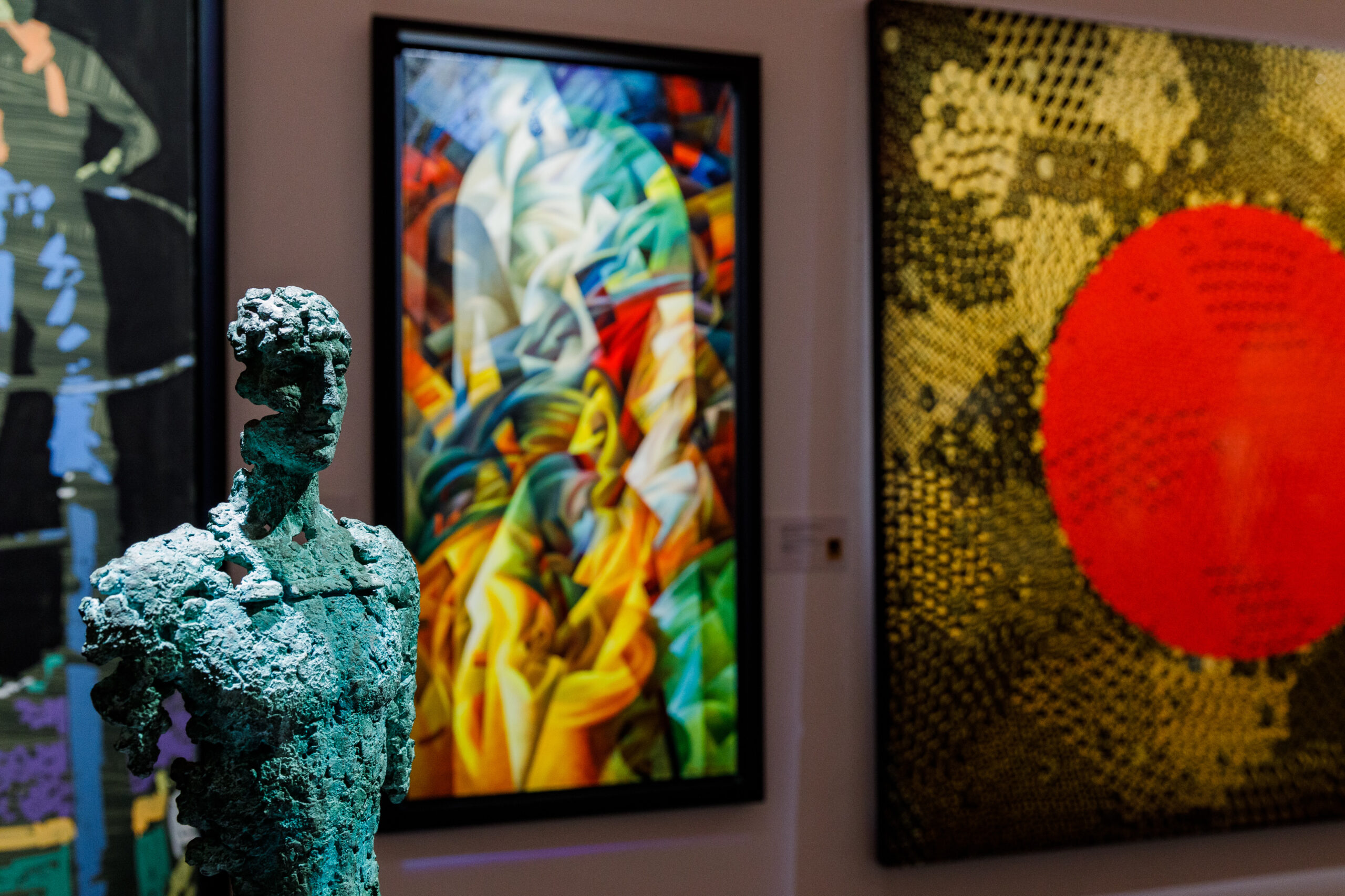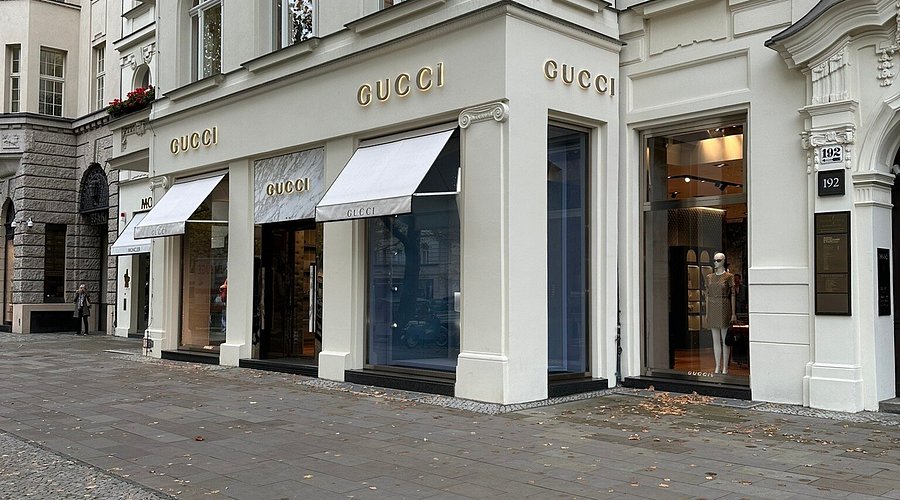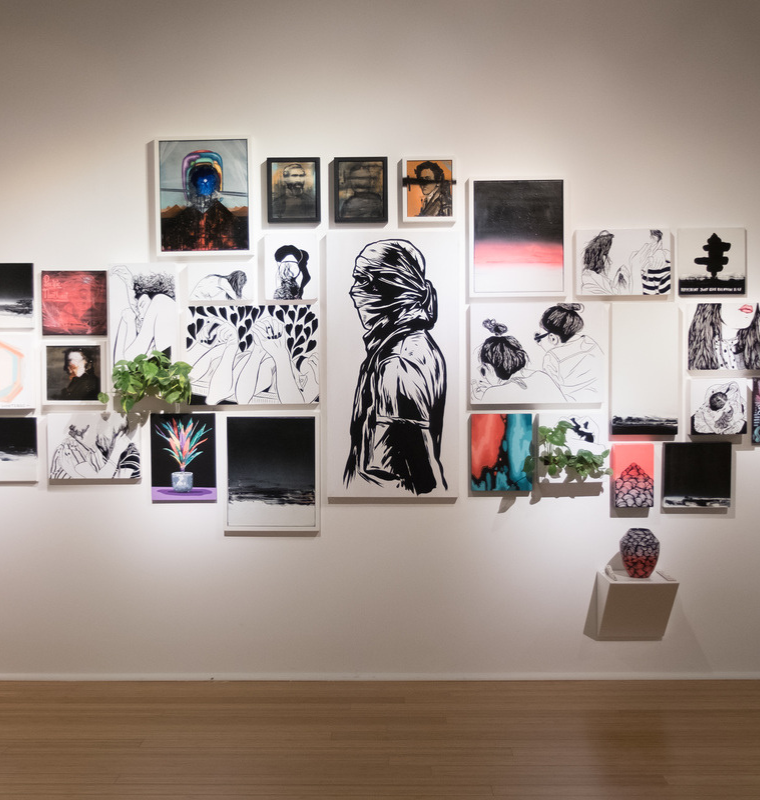Art Funds Gain Momentum as Wealth Shifts from Stocks to Masterpieces
By
Sophie Moore
Last updated:
October 13, 2025
First Published:
October 13, 2025

A New Investment Frontier
The world of high finance is increasingly turning its attention to fine art as an alternative asset class. Art funds are emerging as a sophisticated means for wealthy individuals to diversify their portfolios beyond traditional stocks and bonds. These funds allow investors to gain exposure to masterpieces while benefiting from professional curation, acquisition, and management, blending cultural appreciation with financial strategy.
Why Art Is Becoming a Preferred Asset
Art offers unique advantages that conventional investments cannot match. Its scarcity, historical significance, and aesthetic value create a hedge against market volatility. In times of economic uncertainty, art often maintains intrinsic worth, providing a stable store of value. This blend of tangible beauty and financial potential is attracting investors who seek to combine culture with strategy.
The Mechanics of Art Funds
Art funds operate similarly to other pooled investment vehicles, but with specialized focus on artworks. Professional curators, art historians, and financial experts collaborate to identify pieces with potential for appreciation. Investors purchase shares in the fund, gaining indirect ownership of a diversified collection. This approach allows individuals to access high-value works without the logistical challenges of direct acquisition.
A Growing Appetite Among Global Investors
Interest in art funds is rising worldwide, particularly among millennials and tech entrepreneurs who value both aesthetics and financial foresight. Auctions, galleries, and private sales are increasingly viewed as complementary channels for investment. Wealthy collectors are leveraging these funds to gain exposure to emerging artists while maintaining a portfolio that spans both contemporary and classical works.
Risk Management in the Art Market
Although art is a valuable asset, it requires careful risk management. Art funds mitigate risk by diversifying across artists, genres, and periods. Insurance, provenance verification, and climate-controlled storage are standard practices to protect physical assets. These strategies combine the precision of financial planning with the care traditionally associated with curation.
Enhancing Portfolio Resilience
Art investments are particularly attractive for those seeking resilience in their financial strategies. Unlike stocks, which are subject to market fluctuations, art often appreciates independently of global economic trends. Collectors and investors view it as both a cultural legacy and a safeguard, ensuring wealth is preserved even amid economic uncertainty.
The Role of Technology in Modern Art Investing
Digital platforms and blockchain technology are transforming art investment. Verified provenance, fractional ownership, and secure trading platforms allow investors to participate in the art market with unprecedented transparency. Technology bridges the gap between traditional collecting and modern finance, making art accessible to a broader range of sophisticated investors.
Cultural Capital and Prestige
Investing in art is not purely financial. Ownership conveys cultural status, signaling discernment and sophistication. Art funds enable investors to cultivate prestige without the challenges of managing individual collections. The intangible benefits—reputation, networking, and influence—often rival the tangible returns of the investment itself.
Art as a Legacy Asset
Art has enduring value across generations, making it a strategic component of legacy planning. Wealthy families often integrate art funds into estate strategies, ensuring both financial growth and cultural continuity. This dual purpose reinforces the appeal of art as a cornerstone of multi-generational wealth preservation.
The Future of Art Investment
As global wealth continues to expand, art funds are set to play an increasingly prominent role in the portfolios of the elite. By combining financial strategy, cultural value, and prestige, these funds redefine the concept of investment for high-net-worth individuals. The convergence of aesthetics and strategy signals a shift in how the wealthy perceive and manage alternative assets.
Subscribe to unlock premium content
Sed at tellus, pharetra lacus, aenean risus non nisl ultricies commodo diam aliquet arcu enim eu leo porttitor habitasse adipiscing porttitor varius ultricies facilisis viverra lacus neque.
A comprehensive guide on Agile development

10 Productivity tools that are worth checking out

Top 7 Must have management tools for productivity

A comprehensive guide on Agile development

10 Productivity tools that are worth checking out

A comprehensive guide on Agile development









